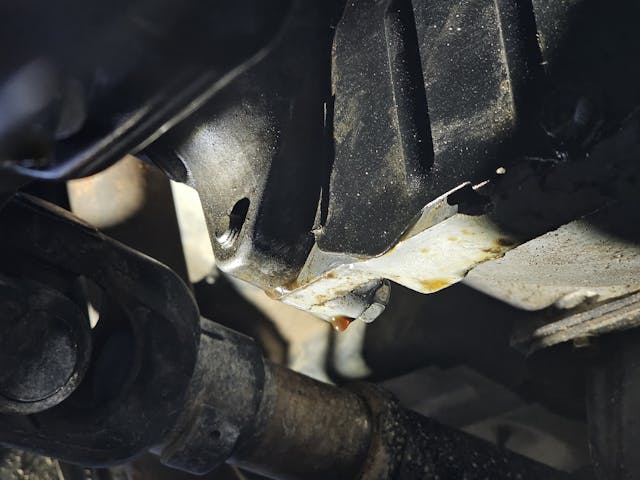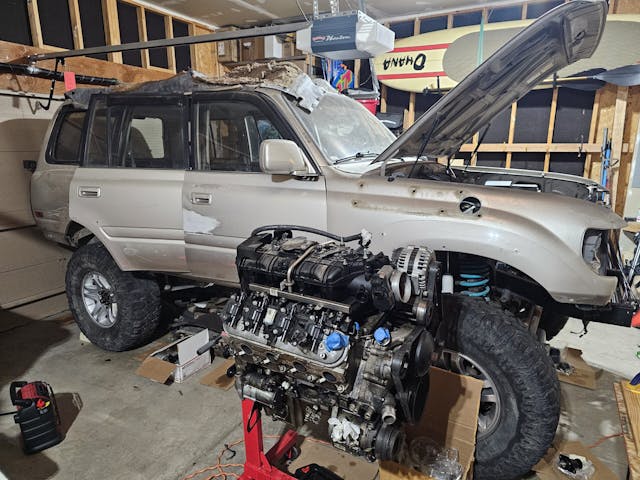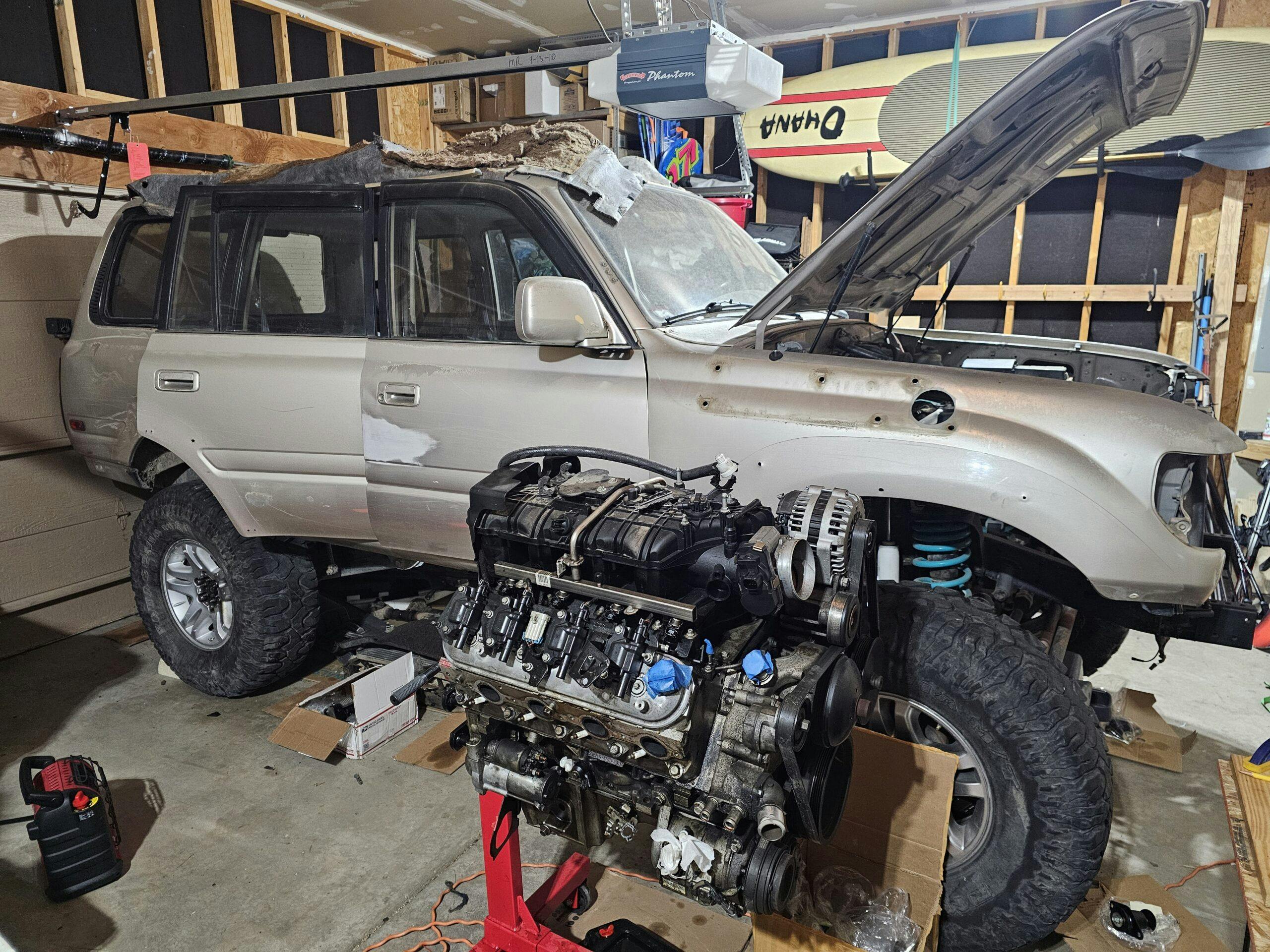Media | Articles
Fighter Pilot Diaries: Jet Maintenance
One of the coolest parts about being a fighter pilot is getting your name on the side of the jet. Clearly, fighter jets don’t generally have a driver and passenger side, but the pilot’s name goes on the “driver’s side,” in line with the seat, and underneath the canopy rail. Opposite the pilot’s name, on the passenger side of the fuselage, is the plane captain or crew chief’s name (job title varies depending on branch of service, but they maintain and help launch the aircraft).
The process of getting your name on the side of the jet varies a bit from unit to unit, but the basic idea is that your name goes on the waitlist when you arrive at the squadron. As pilots rotate out of the squadron, their names are removed from “their aircraft” and the next pilot’s name on the list replaces the preceding one. It’s not unusual to have to wait a few months after arriving for your name to percolate to the top of the list, and when it actually gets applied to the aircraft depends on when maintenance personnel have the time to do something as relatively trivial as swapping out names.
(Beware: the following paragraph is written by a fighter pilot attempting to explain maintenance procedures in which he’s only been peripherally involved.)
Of note, fighter jets have varying levels of maintenance requirements. The lowest level is the one required before/after a flight to prepare the aircraft for its next mission—this generally involves checking consumables (oil, oxygen, fuel, brakes, etc.), perhaps relatable to your car’s maintenance minder telling you the vehicle just needs an oil change. Every so many flight hours the next level of maintenance is required (inspect ejection seats, fuel system, engine fan blades, hydraulic systems, etc.). This is akin to a 30,000-mile service on your vehicle: nothing too crazy, but takes a bit more time and effort to complete. Finally, depot-level servicing is required every few years. This is comparable (ish) to a 100,000-mile service on your vehicle, though the aircraft can be out for months. I say 100,000 miles, but I’ve seen aircraft in depot that are going through something closer to a total frame-off restoration, wherein the aircraft is nearly disassembled to its individual component parts before being put back together. It’s really impressive to see the work these master craftsmen and women do on these aircraft. A giant stack of technical drawings enables them to do their job perfectly—think of a more-detailed Chilton or Haynes manual, but for an aircraft.
Not long after my name appeared on the side of a fighter jet for the very first time, and before I was able to get a picture of it, “my” jet went to depot for work and was gone for months. It was scheduled to return before I departed for my next assignment, but as it was undergoing a test flight after all the work was completed, an issue was discovered that kept it from returning before I hit the road. Thus, while I know which aircraft it was—each is identifiable by the number on its tail—I don’t have a photo of it bearing my name.
The closest I’ve ever come to putting my name on one of my cars was when I got a custom license plate for my 1969 Jeepster Commando. Granted, it was an abbreviation of my grandfather’s nickname, Kid Kalder, written as KIDKLDR on the plate, and not my name, but it remains the only personalized license plate I’ve ever had. While I still have the Jeepster, I let the plate expire, as too many people read the plate as “Kid Killer”—not exactly my idea of honoring my grandfather!
As I’ve written about several times, our 2006 Lexus LX470 suffered a catastrophic engine failure at the end of our Thanksgiving 2022 off-road trip. The process of attempting to get a rebuilt engine installed in the vehicle failed miserably: The first rebuilt engine failed after about 400 miles of driving (we hadn’t yet picked it up from the mechanic), the second engine wasn’t ever shipped to our mechanic before they found a failure, at which point the engine supplier essentially stopped looking because prices had gone up so much since we purchased an engine (under warranty) and it wasn’t worth it to them to do anything aside from refund our money. At that point, we opted to have our mechanic rebuild our original engine (the engine supplier hadn’t asked our mechanic to ship it to them, so it had been sitting in his shop for months). The mechanic three weeks we’d get it back in three weeks, a turnaround time which stretched on for a couple multiples of his original estimate; though, to his credit, much of that delay was on his engine builder (whose day job was to build race car engines, and he got pretty busy there over the summer) and not on him.
Sso it was, a mere 312 days after the initial rod knock occurred, that my wife and I drove the 90 minutes to his shop and picked up the LX470 and drove it home.
By way of comparison, it takes my wife about 30 fewer days to grow a human than it did to repair our Lexus.
Marketplace
Buy and sell classics with confidence
The mechanic put about 450 miles on the truck, and changed the oil, before we picked it up. We drove it around town for a few miles, listening to the motor, feeling how it shifted, and listening for anything that sounded amiss; thankfully, it all looked and sounded good. We paid the balance of the bill (about 1.5x more than I initially paid for the Jeepster Commando) and headed home. As we caravanned the 90 minutes home, I spent much of the drive going through the various systems to ensure everything on the car still worked. It turned out I’d been so enamored by the fact it drove and sounded great that I missed a few non-functioning items. Among them: the stereo, air conditioner, navigation system (not that I used it as the maps are horribly out of date, but still), and rearview camera. As most of those are controlled by the touchscreen I presumed that there was probably just a blown fuse somewhere. After arriving home, I referenced the owner’s manual and checked each fuse that sounded like it had something to do with any of those systems and found the audio system fuse was toast; replacing it fixed all but the A/C issues.
I was not super excited at the idea of troubleshooting the A/C, but I knew that, if I couldn’t get it to work, I was looking at a three-hour roundtrip, plus time waiting while the mechanic fixed it. Then, I realized I never heard/felt the A/C compressor turn on when I selected it to do so. I then pulled each fuse individually, in case there was one related to the compressor that wasn’t easily identified by its name, but they were all intact. I asked the mechanic if he’d had the A/C lines refilled when he reinstalled the engine, and he had. At that point, since it was late October and I didn’t have much need for A/C, I stopped the troubleshooting and agreed to take it to the mechanic before the weather got hot so he could look at it.
As part of his instructions when we picked up the Lexus, he directed me to change the oil every 500 miles for the next 3000 miles before reverting to a normal oil-change interval. I was to only use Pennzoil Platinum Full Synthetic 5W-30 for those oil changes and I needed to keep the rpm below about 3500 for those first 3000 miles. I asked him why the rpm limitation, especially given that most new cars no longer have any break-in procedures, and those that do have limitations that only extend a few hundred to about 1000 miles. He simply smiled and said that if it was his car, and if I wanted the engine to last a long, long time, that’s what he’d do. So, necessary or not, that’s what I’ve done.

We have now driven the Lexus about 2100 miles and I just did its fourth oil change this past weekend. I am slowly gaining confidence in it, finally taking it on a 300-mile roundtrip excursion shortly before Christmas after 1000+ miles of only in-town driving. I am very happy to report that it sounds good and feels good. I am less happy to report that when I did its first 500-mile oil change I noticed a few drops of oil where the engine and transmission bolt together. I wiped them off and left the skid plates off so I could easily monitor the drips. Every few drives afterwards, I would check for drops and wipe them off when I found them (they were present each time I checked). I sent a picture of the drips to the mechanic with an explanation of what I was seeing. He expressed surprise and dismay and said he’ll check it out when I bring it by to have the A/C worked on.
Now that he has more to work on now than just the A/C, I’m anticipating dropping off the LX470 and leaving it for a few days as opposed to waiting while he troubleshoots and services the A/C. My expectation is zero leaks and for this to be repaired under warranty; thankfully, while the engine repair certainly took longer than I anticipated, the mechanic has always been straight and responsive with me and I trust him to fix it correctly.
Could the dripping oil portend an ending to this story similar to the one of “my” aircraft coming out of extensive, depot-level repair only to be sidelined again due to a significant issue arising? Perhaps, but I choose to be optimistic.
Plus, I have a recently-acquired 1991 Land Cruiser into which I’m swapping an LS4, a project that is keeping me busy at the moment.
But that story will have to wait for another day.
***
Check out the Hagerty Media homepage so you don’t miss a single story, or better yet, bookmark it. To get our best stories delivered right to your inbox, subscribe to our newsletters.













We’re all going to jump to rear main seal which requires engine/transmission separation just to verify. I’m not a superstitious person but I’m beginning to believe that thing is cursed!
You and me both!
Looking forward to the next chapter on this and the future LS Swap Cruiser.
Thanks for reading and glad you enjoyed it!
Josh, great story, and a shout out to all those sailors that keep you flyboys in the air. My best friend in HS went Navy after graduation and for 30 years keep the birds flying out of Norfolk.